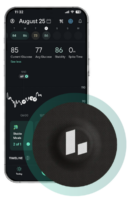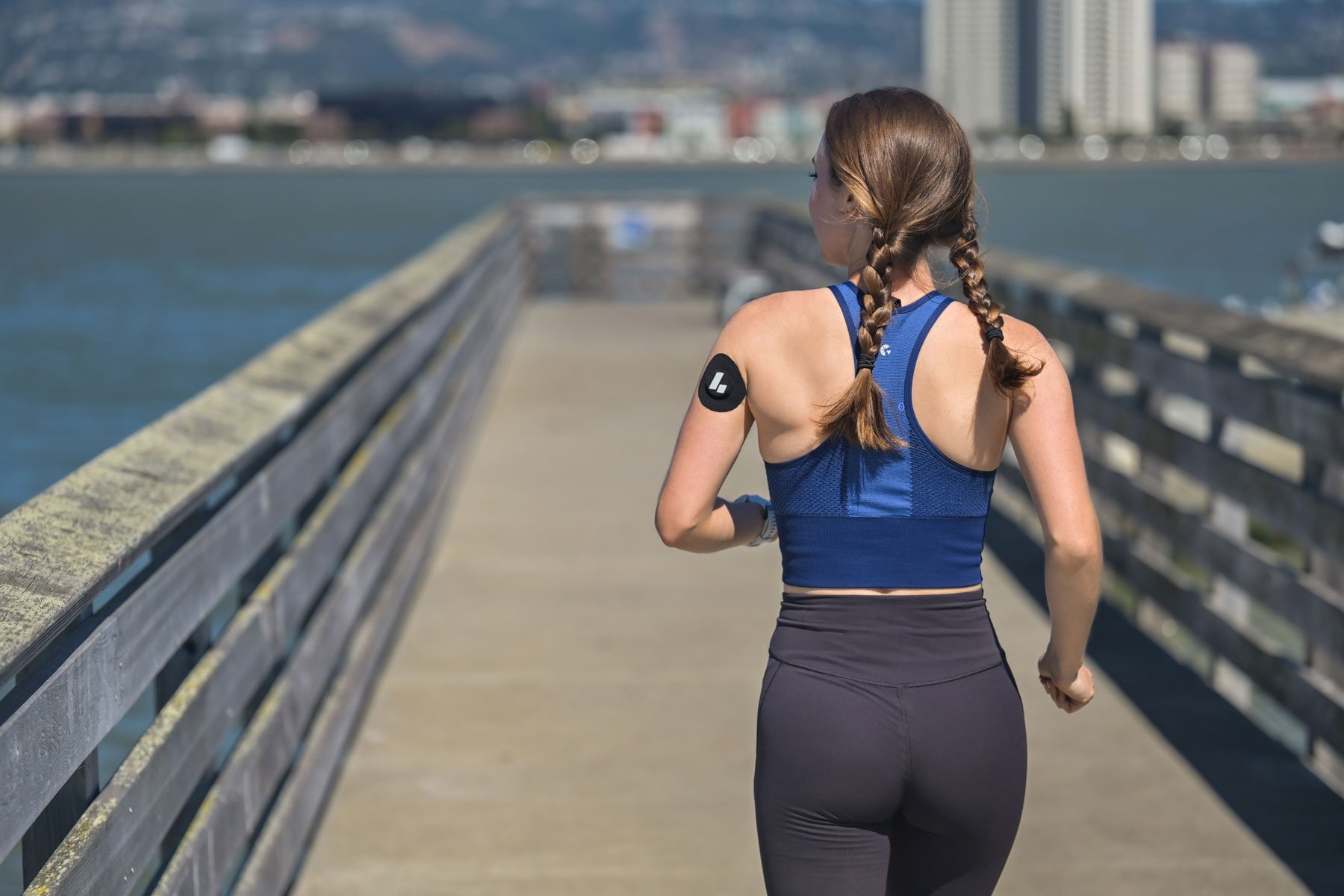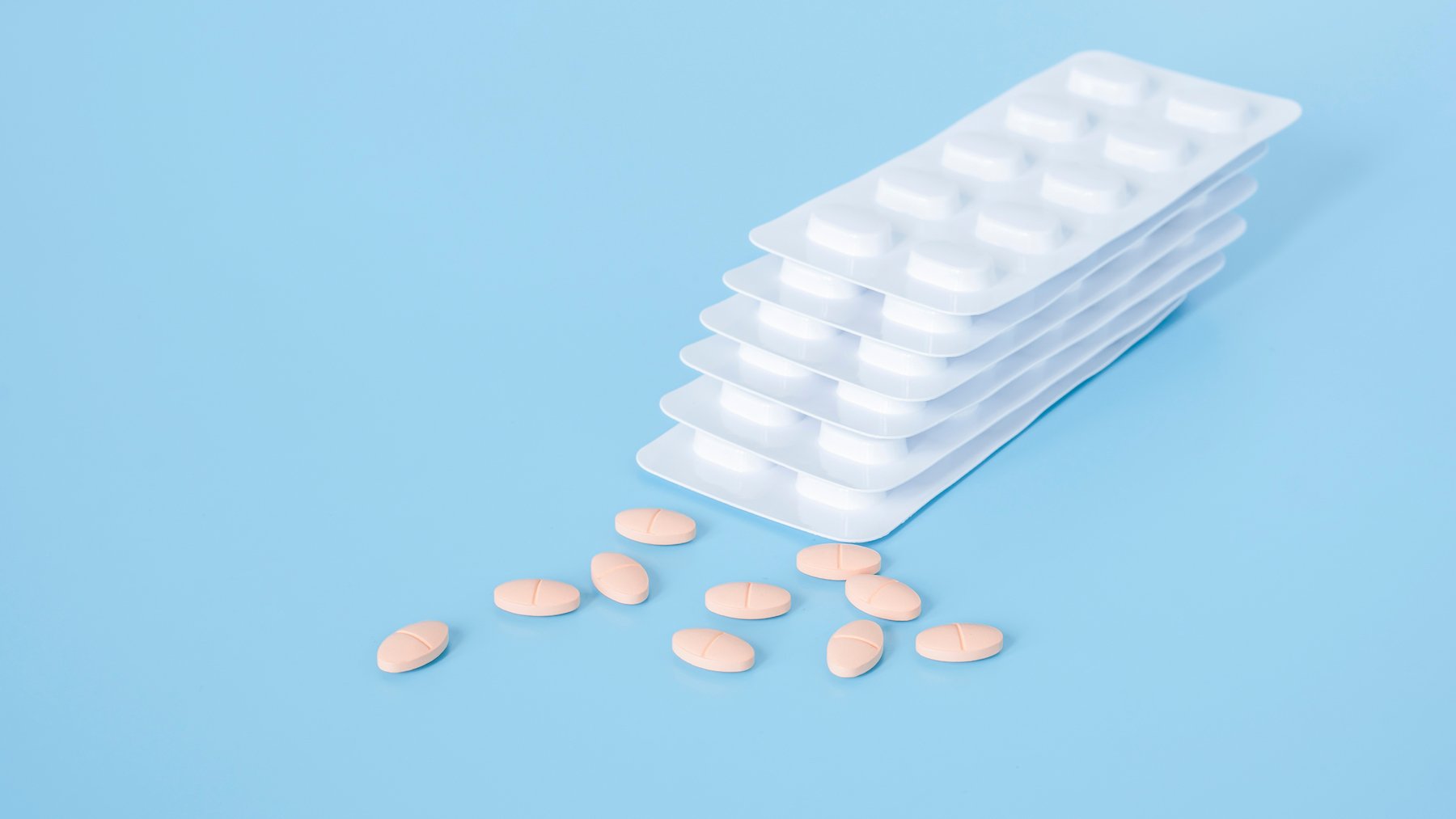You can’t “hack” your way to balanced blood sugar. Instead, you need to start with a healthy lifestyle, including a nutritious diet, regular exercise, stress management, and quality sleep. Once you nail those basics, adding some natural and complementary practices may further help improve your metabolic health.
What do we mean by natural and complementary? These non-mainstream therapies and treatments encompass food, herbs, spices (often taken as supplements), teas, juices, and mind-body and whole-body approaches, such as meditation.
A growing number of scientists are studying how different natural and complementary treatments may lower blood sugar. Note that none of these is as impactful as the main health levers—diet, exercise, sleep, and stress—and all need more research and study, especially in otherwise healthy people. That said, the following show promising results. They’re listed from those that have the most to least scientific support based on our team’s analysis of the number and quality of studies and scientific reviews on each topic. As always, read studies with a discerning eye toward the type of research (e.g., in humans, animals, or cells), study size (how many participants), and effect size (“significant” in a study doesn’t always mean the same as real-world significance).
Finally, before trying any new treatment, talk to your doctor, particularly if you have diabetes or another health condition.
1. Yoga, qigong, and tai chi
These practices are sometimes called “meditative movement” because they blend meditation with gentle exercise. You do movements, such as stretches, along with controlled breathing and mental focus. Yoga is rooted in Indian philosophy, while qigong and tai chi were developed in China.
How they affect blood sugar: Like meditation, these practices buffer against stress, which may help lower blood sugar. They’re also forms of exercise, and any physical activity uses glucose and heightens insulin sensitivity. In fact, an analysis of 28 studies found that practicing yoga and qigong reduced fasting blood sugar and HbA1c numbers (a measure of blood sugar over the past two to three months) in people with Type 2 diabetes by more than taking medication alone. And tai chi has a similar effect: Research shows the practice improves blood sugar and other metabolic markers, such as cholesterol.
What you need to know: Yoga, qigong, and tai chi are all safe forms of exercise for most people. As with any form of physical activity, they may cause muscle soreness. While tai chi and qigong feature slow movements, there are many different forms of yoga, ranging from gentle to more strenuous. If you’re new to any of these practices, consider taking a class with a qualified instructor. There’s no set guideline on how often you should practice, but the more you practice, the greater the results. The research review found that each additional day of yoga practiced reduced HbA1c levels by 22 percent.
2. Meditation
This mindfulness technique trains your body and mind to enter a state of focus. In some styles of meditation, you may hone in on a central point, such as your breath or a sound, image, or phrase. In other styles, you may bring your attention to the present moment without judgment. Benefits of meditating regularly include less stress, anxiety, and depression. Research also links the practice to reduced pain, lower blood pressure, and better sleep.
How it affects blood sugar: Meditation affects your blood sugar through the stress response. When you’re under pressure, your body releases the stress hormone cortisol as part of the “fight or flight” reaction. Cortisol inhibits the release of insulin so that you have more blood sugar ready to run away or fight. In the short term, this can lead to a blood sugar spike. Over the long run, chronic stress can increase the risk for metabolic problems such as insulin resistance and diabetes.
Since meditation typically lowers stress, it can have a positive effect on blood sugar. One review of eight studies revealed that meditation reduced HbA1c numbers in people with Type 2 diabetes. Another study of 60 people with heart disease found that those who meditated at least five times a week had lower blood glucose levels after six months compared to those who didn’t meditate.
What you need to know: Meditation is considered safe with few side effects. For the most benefit, try to make it a habit. You can meditate on your own or use an app, such as Headspace or Calm, to get started. While experts generally recommend practicing for 15 to 20 minutes, daily if possible, research shows that meditating even five minutes a day can deliver benefits.
3. Cinnamon
Studies suggest that this common kitchen pantry spice made from the bark of the cinnamon tree lowers blood sugar. A recent study in people with prediabetes found that taking a daily supplement with four grams of cinnamon for four weeks lowered blood sugar. Another study found that taking 0.5 grams of cinnamon daily for two months improved insulin sensitivity and lowered blood glucose in 137 people with high blood sugar levels (a fasting blood sugar greater than 6.1 mmol/L, which qualifies as prediabetes).
How it affects blood sugar: A chemical in cinnamon called methyl hydroxychalcone polymer (MHCP) mimics how insulin works, increasing the amount of glucose that’s absorbed into cells from the bloodstream. Cinnamon may also blunt the rise in blood sugar after eating by slowing digestion and gastric emptying, or the movement of food from the stomach to the small intestine.
In fact, scientists found that adding six grams of the spice to a rice pudding snack reduced post-meal blood sugar levels for up to two hours.
What you need to know: Studies show that one to six grams of cinnamon have some effect on blood sugar. One teaspoon of the ground spice has 2.6 grams of cinnamon, so try stirring a spoonful or two into smoothies, yogurt, or coffee.
If you’re not a fan of the taste, supplements may be an option. They appear to be safe in the amounts usually eaten in food. However, taking big doses over a long period of time may lead to side effects, such as gastrointestinal issues. Additionally, cassia cinnamon (the most common kind in the U.S.) contains a compound, coumarin, which can harm the liver in large doses. While most people don’t get enough coumarin from cinnamon to cause damage, anyone with liver issues should consult their doctor.
4. Berberine
This plant compound, found in certain plants like goldenseal, has a long history in medicine. Berberine has been used in traditional Chinese and Ayurvedic medicine for centuries. But it wasn’t until 1986 that Western scientists found that it has anti-diabetic properties. Over the decades, research shows that it has a modest effect on blood sugar in people with Type 2 diabetes.
How it affects blood sugar: Berberine improves blood sugar by increasing insulin secretion and sharpening insulin sensitivity. The compound also activates glucose transporters that help ferry glucose from the bloodstream into cells. A review of 46 studies concluded that berberine supplements—taken alone or in addition to diabetes medications—reduced fasting blood sugar, Hb1Ac, inflammation, and cholesterol in people with diabetes.
What you need to know: There’s no standard dosage for berberine, but some experts recommend starting with 500 milligrams (mg) a day and working up to 1,500 mg total. Berberine is metabolized quickly, so have it three times a day (500 mg each time) before meals. In general, berberine is well tolerated. Side effects include nausea, constipation, diarrhea, and vomiting. Children and pregnant or nursing women should avoid taking berberine.
5. Vinegar
This pantry staple is made by fermenting a carbohydrate, such as fruit, rice, or potatoes. The resulting bacteria creates acetic acid, which gives vinegar its tart flavor. It may also give vinegar a blood sugar-lowering effect. One review of four small studies, involving 9 to 10 healthy adults each, found that taking two teaspoons of vinegar with carbohydrates lowered the post-meal blood sugar rise by 20 percent.
How it affects blood sugar: Research on healthy adults suggests that acetic acid slows down the rate at which food moves from the stomach to the small intestine, which reduces the post-meal blood sugar spike. Vinegar may also help your cells take in more glucose, lowering the amount in your bloodstream, according to a study done on forearm muscles in people with Type 2 diabetes. One study in 80 people with Type 2 diabetes showed that those who took 30 milliliters (mL) of apple cider vinegar a day experienced a reduction in their HbA1c level after two months. They also had better cholesterol levels.
What you need to know: Having two teaspoons of vinegar directly before meals may have a beneficial effect on blood sugar. Because it’s high in acid, sipping straight vinegar can damage tooth enamel. Instead, try mixing it into other foods, such as a salad vinaigrette. Or dilute two teaspoons of vinegar in a cup of water. In some people, vinegar may cause stomach upset.
6. Nigella sativa
This flowering plant is known for its black seeds, which are also called black cumin because they resemble the spice. The seeds add a peppery kick to some Middle Eastern and Indian dishes. The oil and extract are also used to remedy a variety of illnesses, including headaches and back pain.
How it affects blood sugar: A review of seven studies concluded that nigella sativa—in oil, powder, tea, and capsule form—reduces fasting blood sugar, postprandial blood glucose, HbA1c, and insulin resistance in people with Type 2 diabetes. For example, one of the studies included in the review showed that people who took 0.7 grams of nigella sativa oil daily lowered their fasting blood sugar from 191 mg/dL to 168 mg/dL after 40 days. Nigella sativa may improve metabolic health through different mechanisms. Notably, it’s high in antioxidants, which protect against inflammation. One of the most potent compounds, thymoquinone, may ramp up insulin secretion, at least in animal research, which moves more blood sugar out of the bloodstream.
What you need to know: In the research review, scientists looked at doses of 0.7 to five grams a day for nigella sativa oil; one to three grams for capsules; and two to five grams for teas and powders. These didn’t cause any serious side effects but may cause nausea, heartburn, and bloating.
7. Fenugreek
This clover-like herb is known for its fragrant seeds. In parts of Africa, Asia, and Europe, fenugreek seeds are traditionally used to treat diabetes. Today, fenugreek is widely used as a complementary therapy to keep blood sugar levels in check.
How it affects blood sugar: Fenugreek is high in fiber, which can slow the breakdown of food into sugar in the intestines. It also contains chemical compounds, such as fenugrecin, that have blood-sugar-lowering effects and amino acids that cause the pancreas to release more insulin. One review of 10 studies, involving 278 people, many of whom took Type 2 diabetes medication, found that fenugreek lowered fasting blood sugar, postprandial blood sugar, and HbA1c levels. The seeds may help those at risk for diabetes, too: Scientists found that people with prediabetes who took 10 grams of fenugreek daily were four times less likely to develop diabetes after three years compared to those who didn’t.
What you need to know: Fenugreek is generally recognized as safe. But, in some people, it may cause diarrhea, nausea, dizziness, and headaches. It may also cause blood sugar levels to drop too low, a condition called hypoglycemia.
8. Ginseng
Ginseng root has been used in traditional Chinese medicine for centuries. It’s usually sold fresh or dried as white ginseng, or it’s steamed and dried into red ginseng. Both types are high in antioxidants. The active compounds are ginsenosides, natural steroids that affect your body’s metabolism, blood pressure, and immune function.
How it affects blood sugar: According to an analysis of 16 trials, ginseng “modestly” reduced fasting blood sugar in people with and without diabetes. Other research suggests that ginseng supplements may increase insulin levels and blunt the blood sugar rise after eating.
Although more study is needed, it’s thought that ginseng improves the function of beta cells. Because beta cells make insulin, ginseng may increase insulin levels and sensitivity.
What you need to know: Taking ginseng supplements in the short-term, or up to six months, is shown to be safe. In general, experts recommend 100 to 600 mg of ginseng a day. However, experts aren’t sure about its long-term safety, and some don’t recommend it for children and pregnant or breastfeeding women.
Side effects may include insomnia, breast pain, headache, digestive issues, and high or low blood pressure. Ginseng may also interact with certain medications, such as high blood pressure medicines, antidepressants, statins, and blood thinners. Talk to your doctor before you take ginseng, especially if you take any medication.
 See how your blood sugar responds
See how your blood sugar responds
The best way to understand what habits and foods help you achieve balanced blood sugar is with a continuous glucose monitor and an app like Levels to help you interpret the data. Levels members get access to the most advanced CGMs and personalized guidance to build healthy, sustainable habits. Click here to learn more about Levels.

 See how your blood sugar responds
See how your blood sugar responds






